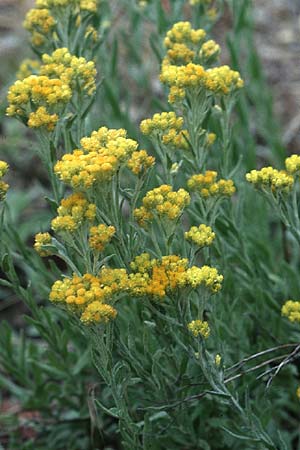
Helichrysum arenarium / Yellow Everlasting Daisy
Asteraceae / Composite Fam.
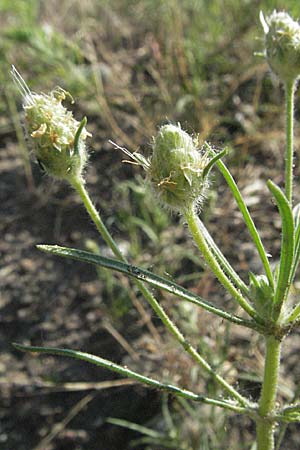
Plantago arenaria / Branched Plantain
Plantaginaceae / Plantain Fam.

Berteroa incana / Hoary Alyssum
Brassicaceae / Crucifers
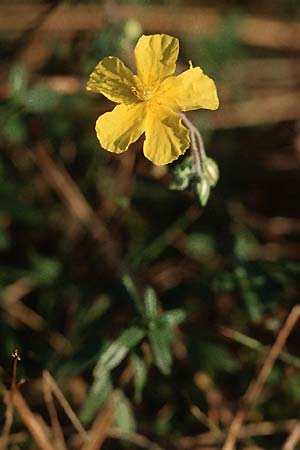
Helianthemum nummularium / Common Rock-Rose
Cistaceae / Rockrose Fam.

Salsola kali subsp. ruthenica / Russian Thistle, Glasswort
Chenopodiaceae / Goosefoot Fam.

Teucrium botrys / Cut-Leaved Germander
Lamiaceae / Mint Fam.

Scabiosa canescens / Fragrant Scabious
Dipsacaceae / Teasel Fam.
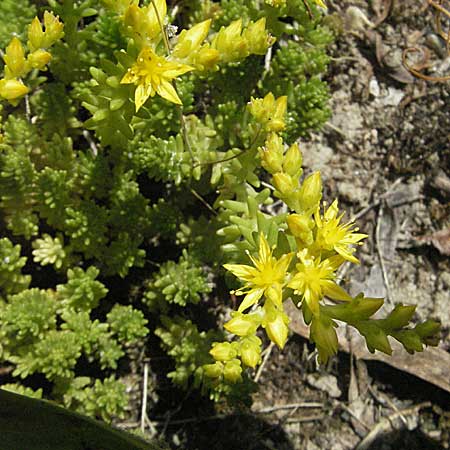
Sedum acre / Biting Stonecrop
Crassulaceae / Stonecrop Fam.

Jasione montana / Sheep's Bit
Campanulaceae / Bellflower Fam.
 |  |

Verbascum lychnitis / White Mullein
Scrophulariaceae / Figwort Fam.

Verbascum densiflorum / Dense-flowered Mullein
Scrophulariaceae / Figwort Fam.

Verbascum nigrum / Dark Mullein
Scrophulariaceae / Figwort Fam.
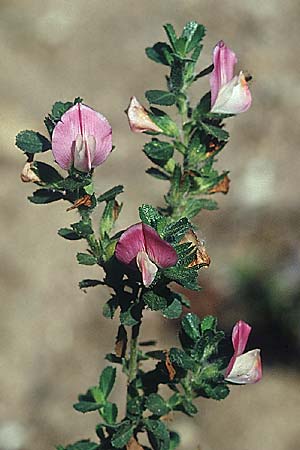
Ononis repens subsp. procurrens / Common Restharrow
Fabaceae / Legumes

Thymus serpyllum / Breckland Thyme
Lamiaceae / Mint Fam.

Echium vulgare / Viper's Bugloss
Boraginaceae / Borrage Fam.
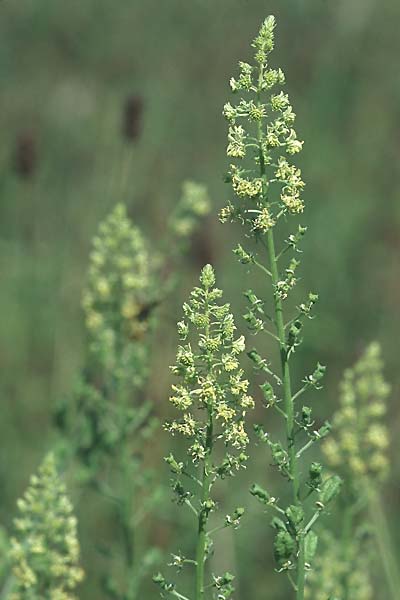
Reseda lutea / Wild Mignonette
Resedaceae / Mignonette Fam.

Senecio inaequidens / Narrow-Leaved Ragwort
Asteraceae / Composite Fam.
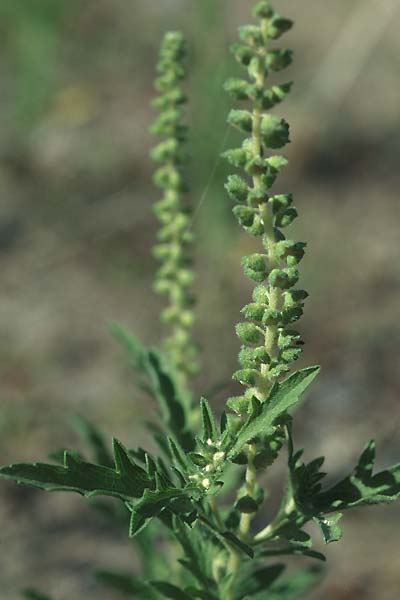
Ambrosia coronopifolia / Perennial Ragweed
Asteraceae / Composite Fam.

Gentiana cruciata / Cross-Leaved Gentian
Gentianaceae / Gentian Fam.

Epipactis atrorubens, Dark-red Helleborine
Orchidaceae / Orchids

Epipactis helleborine, Broad-Leaved Helleborine
Orchidaceae / Orchids

Dysphania botrys / Sticky Goosefoot, Jerusalem Oak
Chenopodiaceae / Goosefoot Fam.
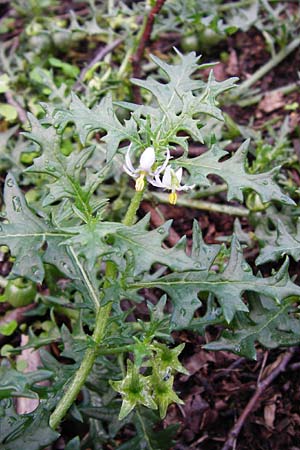
Solanum triflorum / Small Nightshade
Solanaceae / Nightshade Fam.
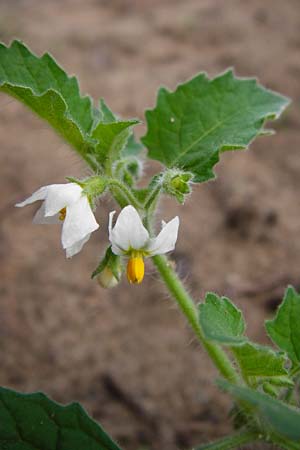
Solanum nitidibaccatum / Ground-Cherry Nightshade, Hairy Nightshade
Solanaceae / Nightshade Fam.
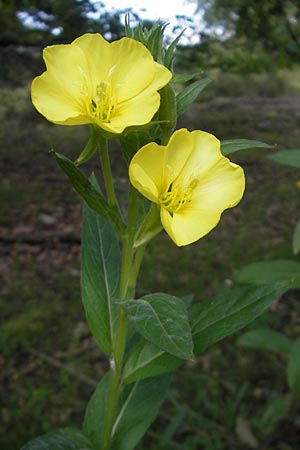
Oenothera biennis / Common Evening Primrose
Onagraceae / Willowherb Fam.
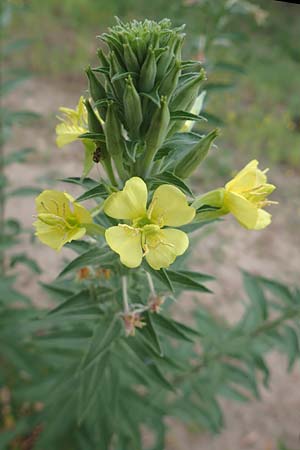
Oenothera canovirens / Renner's Evening Primrose
Onagraceae / Willowherb Fam.

Oenothera oakesiana / Sandy Evening Primrose
Onagraceae / Willowherb Fam.
There is also a page on spring flowering plants in the same area.
The pages on Nature Reserves near Sandhausen and the Viernheimer Heide deal with the flora of inland dunes, too.